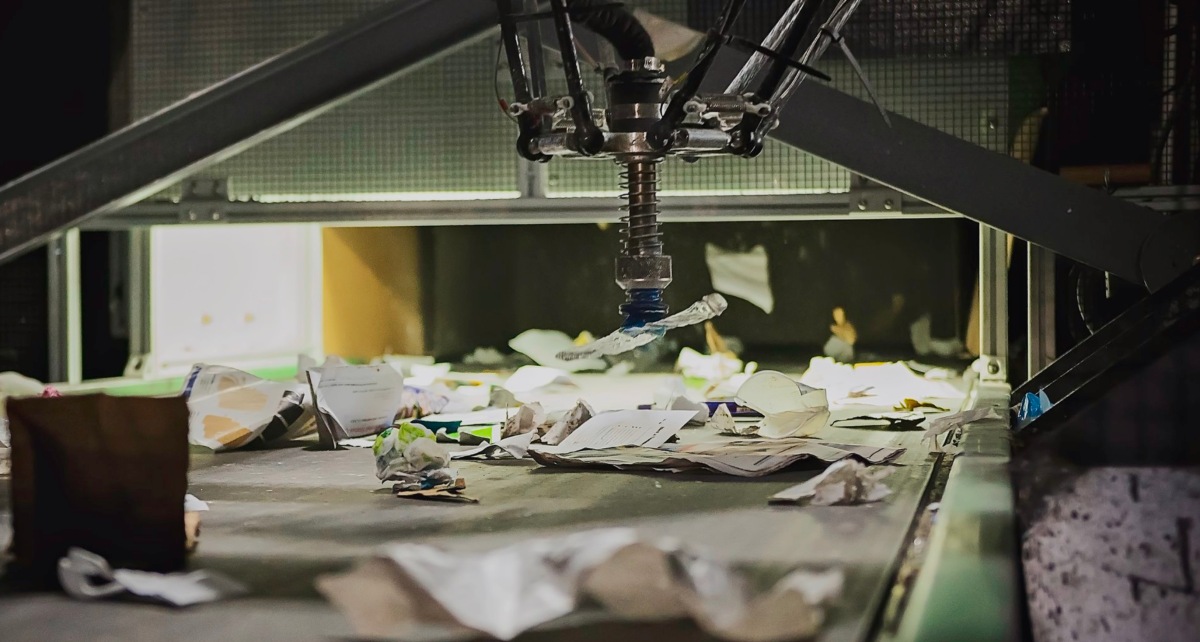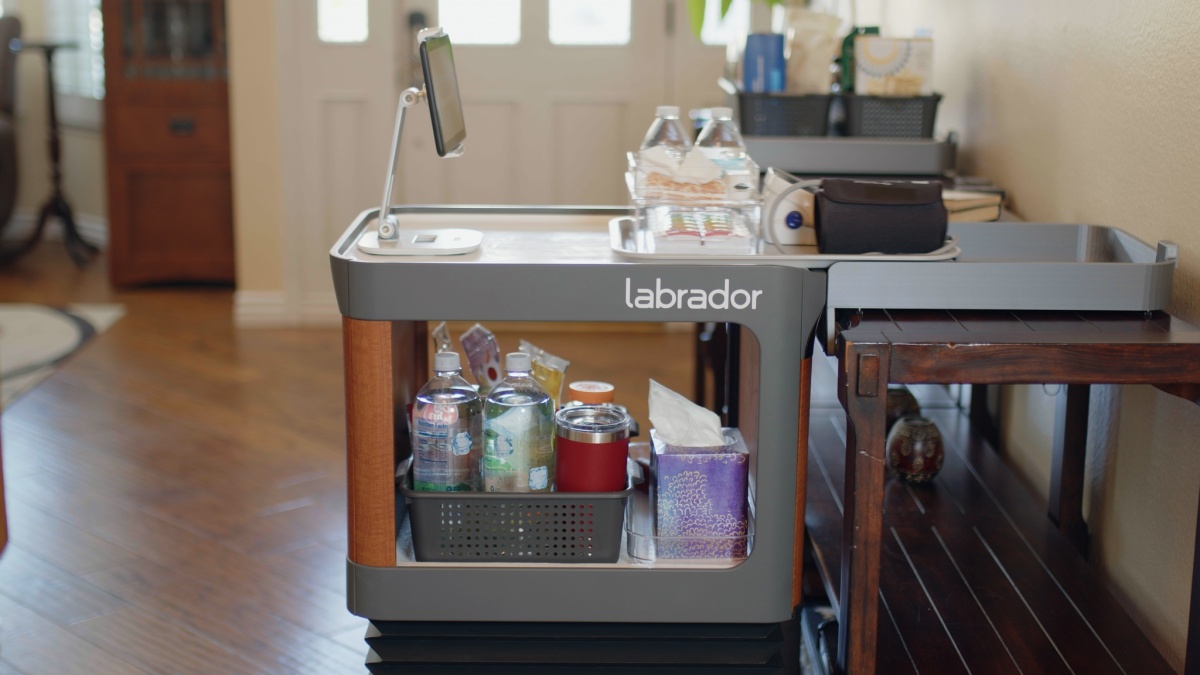There’s still green in climate robots • ZebethMedia
Kicking things off with a big funding round for AMP Robotics this week for a couple of reasons, but when push comes to shove, it comes down to something really simple: There are a lot of great reasons to be bullish on automation and there are a lot of equally great reasons to be bullish on climate tech. If you can manage to position yourself right in the middle of that Venn diagram, you’re probably sitting pretty right now. There are caveats, of course. There are always caveats. A big, scary bear market is the most immediate. We’ve alluded to current and coming layoffs in recent editions of this newsletter, and the truth is that there are going to be a lot more before we’re on the other side of this. As bright as your category is long-term, no one exists outside these macro trends. I certainly wouldn’t want to be in the position of raising a round to keep the lights on at my startup as the headwinds grow stronger. The days of the nine-digit Series A seem to have mostly drawn to a close for the foreseeable future, and I’m accordingly hearing more reports of decreased headcounts. But if I had to choose a tech startup space to ride this out in, climate and automation would be at or near the top. To steal a paragraph from Connie’s recent interview with Chris Sacca: [Climate investing] is recession proof, even without the IRA. Everything we’re doing is providing a substitute good. That’s what almost feels unfair. You spend years building Twitter and you put it up in the app store and you hope somebody gives a damn. It could be a really well-designed product, but maybe no one cares, whereas everything we’re building right now, we actually know the demand for it. And if we deliver a better, cheaper, faster, cooler, easier-to-use, sexier product, then we’ll even grow the market. So I actually think this is some of the easiest investing we’ve done. From where I sit, “recession proof” seems a little hyperbolic in the near term, but climate disaster isn’t a thing of the future. We’re living with it — and have been for some time. There are going to be plenty of bandwagon jumpers and green washers in the interim, but if you’ve got good vision and better vetting, the right climate-focused technology might be as close to a sure thing as you’re going to get as an investor. Ditto for robotics and automation for reasons we’ve outlined plenty of times over the last couple of years. Find the right solution for the right problem, and you might one day be looking at your own $91 million Series C. I’m far from a technological utopianist, and my feelings on the future of climate change are a lot darker than I’m comfortable discussing here. It certainly doesn’t help to prep for all of this by reading a recent Greenpeace report that notes, “The plastics, packaging, and recycling industries have waged a decades-long misinformation campaign to perpetuate the myth that plastic is recyclable.” Image Credits: AMP Robotics It’s important to be pragmatic to a fault here. We don’t do ourselves any favors by sugarcoating the size and scope of the current crisis. Nor do we have much to gain by going full doomer. Somewhere between the two exists the possibilities of achievable solutions. None will fix the problem, but if we’re lucky, the right one could serve to mitigate things. Recycling robotics firm AMP’s latest raise follows a sizable $55 million Series B raised in January of last year. Congruent Ventures and Wellington Management led this massive $91 million round, which also features participation from Blue Earth Capital, Sidewalk Infrastructure Partners, Tao Capital Partners, XN, Sequoia Capital, GV, Range Ventures, and Valor Equity Partners. “Advancements in robotics and automation are accelerating the transformation of traditional infrastructure, and AMP is seeking to reshape the waste and recycling industries,” said Wellington’s Michael DeLucia. “By bringing digital intelligence to the recycling industry, AMP can sort waste streams and extract additional value beyond what is otherwise possible.” All of this comes with the standard caveat that there are truly no surefire bets in this — or any — industry. There are still a million difficult to quantify factors, from timing to competition to sheer luck, which play a role in a product’s success. The more companies that enter a space, the more more failure we’ll ultimately see. Though, that’s kind of the deal with early stage investment — no one gets it right 100% of the time. But a few perfectly timed investments can make a career. The upshot of facing an impossibly large, seemingly insurmountable problem (if one can say such a thing) is that there’s still a ton of problems that need the right minds to tackle them. There are a million oversaturated categories in automation right now. Filtering out all of the aforementioned greenwashing, the same can’t be said for climate. It “almost feels unfair,” to steal a line from Sacca. Frankly, it’s also a space I’d love to see more of the bigger names operate in. Take Google, for example. The company had a big AI day here in NYC this week, showcasing some of its work in the category. Google has investments in both climate and automation, and it would be great to see these sorts of companies working to solve big problems with big ideas. Gaining advantages to move e-commerce to a same-day delivery model is all well and good, but ordering all of the sunscreen on Amazon isn’t going to do you much good in the face of true climate catastrophe. Image Credits: Google Google for Good did take centerstage at the event, however, with the company demonstrating how advances to ML are being used for the very important work of monitoring wildfires and floods. It’s also worth highlighting some of the company’s efforts in robotic learning. Code as Policies (CaP) is a newly announced

